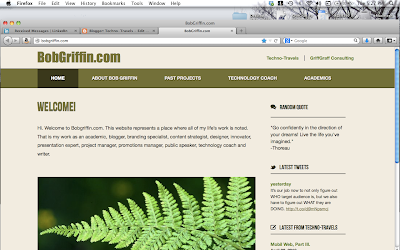Get Abstract?
 Friday, June 20, 2014 at 09:50PM
Friday, June 20, 2014 at 09:50PM Since launching their service in 1999, }getAbstract is one of the world's largest provider of business book summaries. Using this service could be the way to keep up with information from an endless number of business books hitting the market. I do have a list of books that comes and goes and often I don't get to every one on the list. Of course, I'd rather read them, but if I had a reliable summary — that could be a helpful service.
According to their own advertising content, 10,000 business books were published last year. Assuming that it takes about 10 hours to read each —that's close to at least 100,000 hours of reading. And that would be about 11 and a half years of reading. Ouch. When I realized that I couldn't fathom what I may be missing.
You can go to the website and get two free summaries to see what the process would be like. Those summaries can either be a five-page summary in an appropriate printed format or an eight minute audio summary. Part of the service fee also covers TED Talks abstracts as well, which also can be read or listened to in under ten minutes.
There are three service types and fees:
- Silver for $89.oo, for 12 months allowing you 30 summaries.
- Gold for $179.oo for 6 months, or 12 months for $299.00 for 12 months — unlimited
- Platinum for $999.oo for 12 months unlimited usage and you get complete access to the key economic reports you need to make financial decisions. Reviewed by experts and compressed into easy-to-digest summaries, our texts can be read in 10 minutes or less. What's more, the Compressed Knowledge Collection includes a full library of over 10,000 business books featuring relevant categories such as Finance, Economics and Global Business.
And believe it or not, these guys offer a 30-day money-back guarantee.
To get your two free summaries you can go to: http://www.getAbstract.com/bbw









No comments: